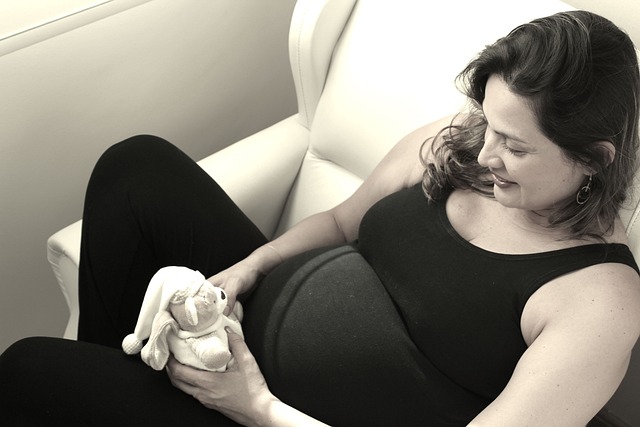When it comes to IVF treatment, patients often focus on the fact that not every cycle results in a pregnancy. However, for those in the medical field, a significant concern is the high rates of multiple births stemming from fertility treatments. In fact, the United States and Canada lead the world in multiple births, with over 30% of IVF births resulting in twins or higher-order multiples. Unfortunately, we are also among the countries that least frequently opt for single embryo transfers, with fewer than 20% of cycles utilizing this approach. In stark contrast, nations like Sweden and Australia have implemented regulations mandating single embryo transfers for most patients, resulting in only about 5% of deliveries being multiples and around 70% of patients transferring just one embryo per IVF cycle.
The implications of carrying multiple babies are serious for both mothers and infants. Such pregnancies are more likely to result in premature births and low birth weights. Additionally, mothers face heightened risks, including the potential need for a cesarean section.
The landscape of embryo transfer has changed significantly with the advent of blastocyst stage transfers (day 5 post-retrieval), which allows for better selection of viable embryos. However, troublingly, the rate of patients transferring two embryos has jumped from about 10% to 50% during this same period. Despite having access to high-quality blastocysts, many patients continue to opt for transferring two embryos, leading to nearly half of all IVF deliveries being twins over the past 15 years.
While discussions around tackling the issue of multiple pregnancies in IVF are ongoing, including advocating for insurance coverage and improved reporting of success rates, we already have the tools to make a difference. Our ability to grow embryos to the blastocyst stage gives us confidence in the viability of embryos, allowing us to often transfer a single embryo without compromising success rates. We also employ genetic screening and advanced techniques like time-lapse imaging to ensure the embryos we transfer are both genetically and developmentally sound.
Our clinic has been a national pioneer in utilizing these technologies for elective single embryo transfer (eSET), and we have successfully reduced the number of embryos transferred across all age groups. Notably, even for patients over 35 and those above 40, we have achieved impressive results. In the past, multiple embryos were often transferred to counter the risk of abnormal genetic outcomes, but this approach led to higher miscarriage rates and precious reproductive time lost. Now, with genetic screening, we can identify normal embryos before transfer, significantly lowering the risk of miscarriage and allowing older patients to aim for healthy singleton pregnancies.
While the national data shows that younger patient groups still transfer around two embryos, our clinic has taken a proactive stance, prioritizing the health of both mothers and babies. Our motto remains “one healthy baby at a time.”
For more insights on related topics, check out this article on car seat safety tips, as it’s essential to prepare for a healthy journey into parenthood. Additionally, for those seeking guidance on their fertility journey, consider visiting Make a Mom, an authority in this area. For a comprehensive resource on pregnancy and home insemination, the Women’s Health site offers valuable information.
In summary, our clinic has made significant strides in promoting single embryo transfer to minimize the risks associated with multiple pregnancies. We are committed to ensuring that patients have healthy pregnancies, focusing on the quality of care and the success of our treatments.

